Homemade gluten free kecap manis, also spelled ketcap or kejap, is a sweet soy sauce commonly used in Indonesian cuisine. Long before it was readily available in stores I made it from scratch. When I started cooking gluten free I pulled out this old recipe to make THE best peanut sauce ever.
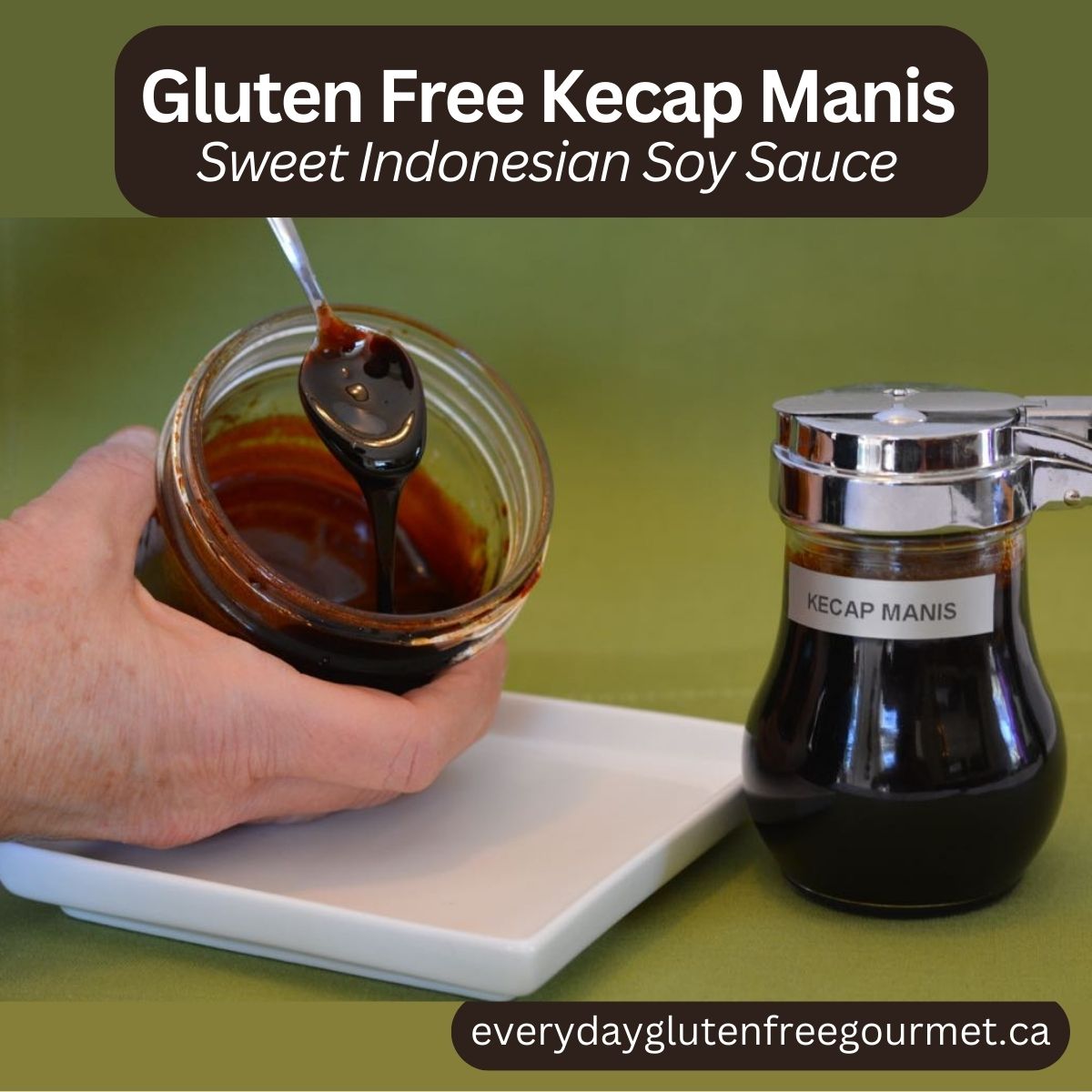
When I first started gluten free cooking I looked for safe versions of all the ingredients I typically used for Asian cuisine. You can see them altogether in my post, Gluten Free Asian Pantry. I never found a gluten free version of kecap manis so I just made it.
Some days it feels like every ingredient is a challenge but of course that isn’t true. I try to remind myself how lucky I am that the solution is often pretty simple. The extra bonus is that these old recipes are more simple than the ingredients of the store bought equivalent.
Kecap manis is often used as a condiment or dipping sauce by itself or as an ingredient in many sauces.
Jump to:
Ingredients
Star anise, an eight-pointed star-shaped spice with a licorice flavour, is optional but it does add to the authentic taste.
- gluten free soy sauce
- palm sugar or brown sugar
- star anise (optional)
- garlic
- lemon
See recipe card for exact amounts.
Kecap Manis vs Kecap Asin
Indonesian cuisine traditionally uses two types of soy sauce, kecap manis and kecap asin. The second is a thinner, saltier light soy sauce. In an attempt to control the number of ingredients in my pantry I simply use my regular gluten free soy sauce in recipes that call for kecap asin.
Yet I love the subtle flavour of kecap manis in certain recipes so I make it from scratch and keep it on hand. Make a double recipe and take a deep dive into Indonesian cuisine.
If you'd like to explore more Indonesian recipes, especially using an Instant Pot, visit my friends, Rose and Jim, over at One Pot Dish. Beautiful pictures and delicious food. Tell them I sent you.
How To Store Kecap Manis
Kecap manis will keep indefinitely in a cool, dark place providing you always use a clean utensil when dipping into the jar. I generally make it once a year and store it in a Mason jar with a plastic lid. The pouring jar you see in the photo didn't work well because it gets stuck like home would.
Recipes Using Kecap Manis
People debate what country invented satay but Indonesia is top of the list. This is THE best peanut sauce recipe in my opinion and it takes me right back to eating satay from a street vendor in Bali. Of course you can eat it with many other foods beyond satay.
The famous Indonesian composed salad called Gado Gado is served with a peanut dressing also using kecap manis. For me this salad is simply a more healthy way to eat another version of peanut sauce.
Sweet Chili Root Beer Baby Back Ribs is a 4-ingredient recipe, a North American interpretation combining root beer and kecap manis. Perfect for summer barbecuing.
I’d love to hear if you made this kecap manis and what recipe you used it in. Let me know in the comments below.
A Travel Tale from Bali
From time to time I write a guest post for my friend Sue over at Travel Tales of Life. This is my travel story, memories from our amazing vacation in Bali many years ago, Indonesian Chicken Satay Recipe - Bali.
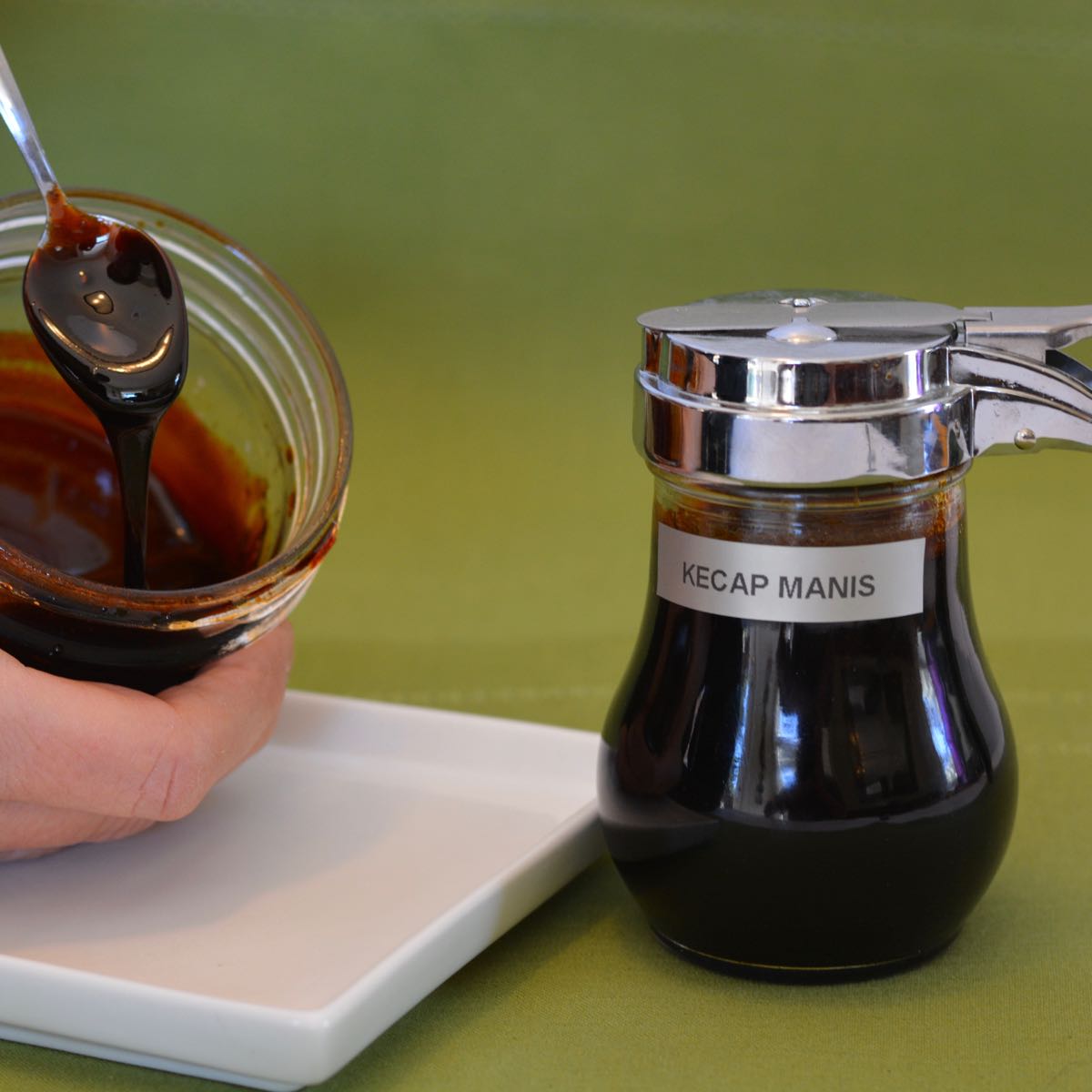
Gluten Free Kecap Manis (Sweet Indonesian Soy Sauce)
Ingredients
- ¾ cup palm sugar (or brown sugar)
- 1 cup gluten free soy sauce
- 2 tablespoon water
- 1 tablespoon lemon zest large strips
- 3 garlic cloves, minced
- 1 star anise
Instructions
- Put all ingredients in a medium sauce pan on low heat. Stir occasionally allowing the sugar to melt. This will take several minutes if using palm sugar.
- Bring it to just below a boil then lower heat and simmer about 10 minutes.
- Allow to cool slightly then strain into a glass jar. Makes 1 cup.
- Label and store at room temperature. Keeps indefinitely.
Notes
__________________________________________________________________________
New here? I've got help to get you from overwhelmed and frustrated to confidently cooking gluten free food the whole family wants to eat. Subscribe and get your free resource, 29 Tips for GF flour.
🎉 I made it into the Top 100 Gluten Free Blogs for 2025 and the Top 40 Gourmet Food Blogs. To learn all the ways I can help you click here, Everyday Gluten Free Gourmet.
_________________________________________________________________________





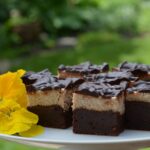








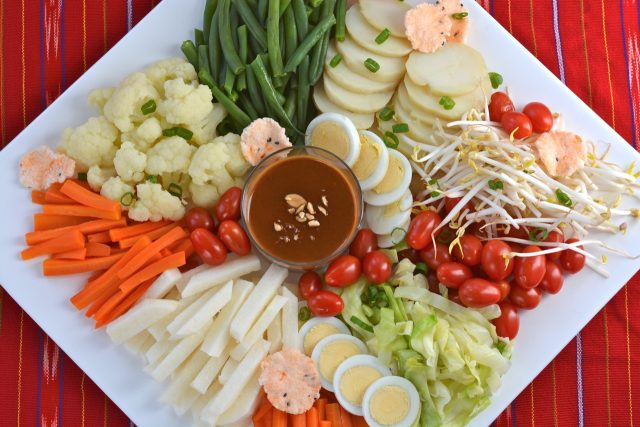
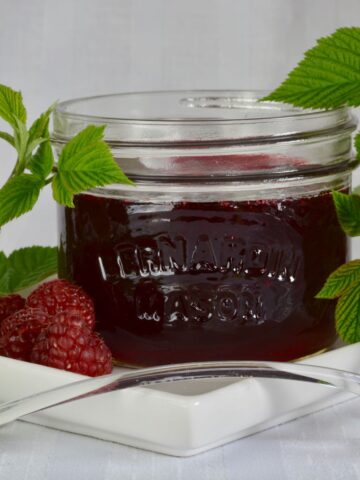
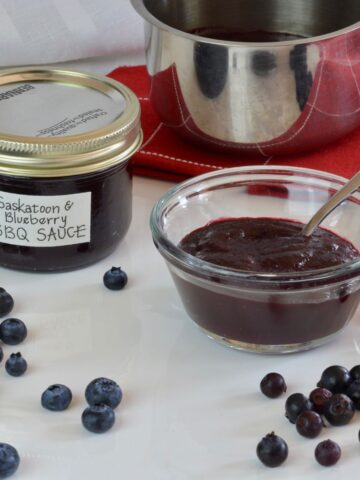
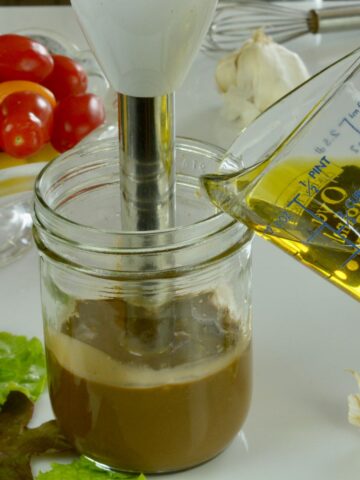

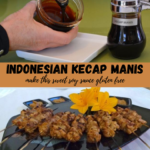
B
Adding room temperature liquid to melted sugar, causes the sugar to go immediately to the hard crack stage.
Cinde Little
You're right B. I revisited the instructions and updated them to just cook everything together for the same great result. My previous reply got lost in my website update but I wanted to reply, better late than never right?